When Experts Are Missing Something
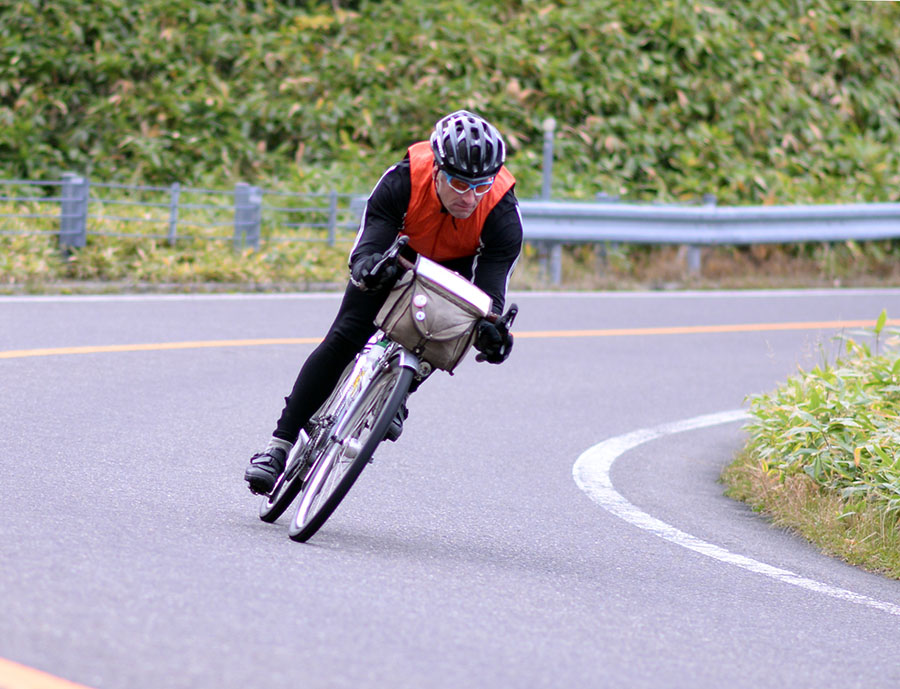
Recently, I posted about slick tires and why they tend to offer poor traction, especially in the wet. Almost predictably, some Internet “experts” declared that it was all wrong. One of the more polite comments was: “Wow, lots of misinformation in this article.”
I guess it’s normal: If your research is breaking new ground, the results aren’t what people think they know. But the unexpected isn’t always wrong.
What the “experts” really are saying is: “This isn’t what most people believe right now. It may take a few years until it becomes widely accepted.”
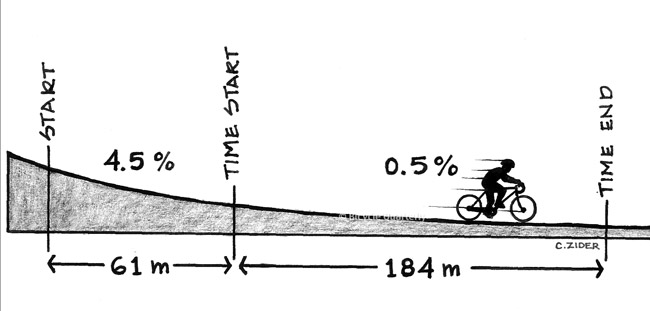
The same thing happened when we first published Bicycle Quarterly’s real-road tire tests a little over eight years ago. Back then, the idea that higher tire pressures do not increase speed bordered on heresy.
The idea that tires roll faster the harder you pump them up seemed so evident that there wasn’t even a need to discuss this. Every tire company expert agreed with this. End of story. Or so it seemed.

We were just as surprised by our results as everybody else. But after double- and triple-checking the results by running more tests, we concluded that the results were real.
Bicycle Quarterly has two people with Ph.D.’s on our editorial team, so we know how to design experiments, test hypotheses, and do statistical analyses to ensure that we are measuring real differences between tires and not just variations in the testing conditions. (The last point is very important, yet it’s often omitted in cycling research.)
How to explain these new findings? We realized that the “accepted wisdom” overlooked an important factor: Suspension losses caused by the vibrations of bike and rider consume significant energy. With higher tire pressure, suspension losses go up, and they cancel out any reduction in rolling resistance that comes from less internal deformation of the tire.
Previous testing had been done on smooth drums, were suspension losses don’t occur. That is why the experts missed a crucial part of the equation, and their conclusions did not match the real-road testing.
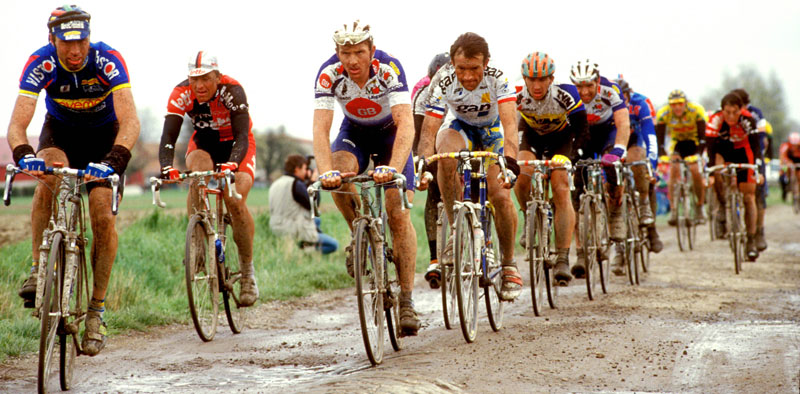
Test results are fine and well, but the results must confirmed on the road. Apart from BQ staff and readers, professional racers were the first to adopt our idea of running wider tires at lower pressures. On the cobbles of Paris-Roubaix, you now find many pros running 30 mm-wide tubulars at 70 psi. The days when racers used suspension forks and narrow tires pumped to high pressures (above) are long past.
And even on the smooth roads of the Tour de France, the pros run 25 mm-wide tires, which is a huge step up from the 21.5 mm tires that were standard when I last raced on the road 15 years ago. In fact, I am envious that today’s racers have 35% more air volume in their tires than I did!
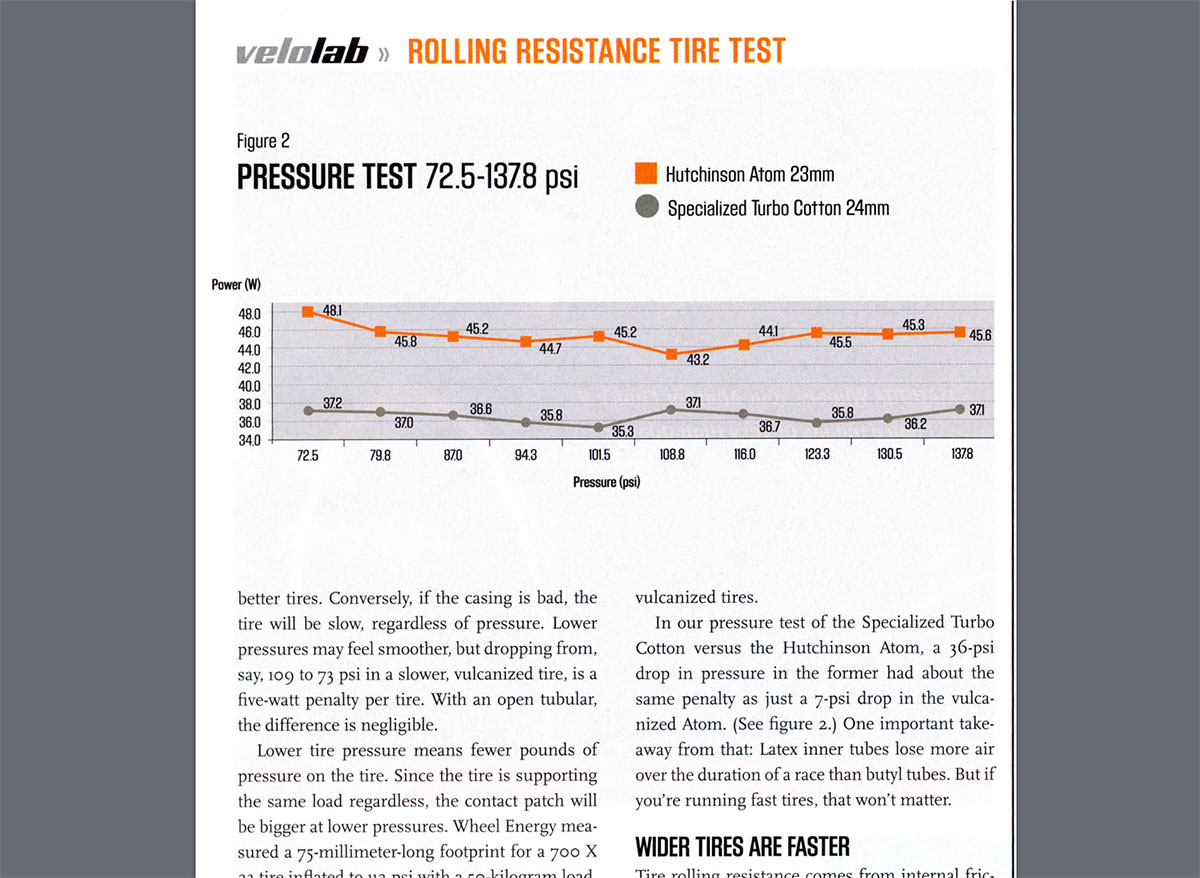
And finally, even the “experts” have come around. It was gratifying to read a decent explanation of suspension losses in Lennard Zinn’s recent Velo tire test:
“If you were riding on smooth glass, higher pressure would be better. On rough surfaces, however, a tire at lower pressure is better able to absorb bumps, rather than deflecting the entire bike and rider upward.[…] The less energy is sent upward with each bump, the less energy it takes to keep the bike rolling.”
Even though most Internet experts now accept our tire pressure research, they aren’t any more open to new ideas than they were eight years ago. I read that tire tread is purely cosmetic, because tires don’t hydroplane. (True, but tire tread isn’t there to displace water.) That slick tires stick better, because they put more rubber on the road. Various tire experts were quoted.
Could it be that the experts once again are overlooking something? Back in 2007, they didn’t realize that suspension losses were important.
Perhaps now the idea that the bicycle tire tread can interlock with road surface irregularities is still a little “out there” – even though it’s long been known and accepted by many tire experts. (I first read about it in a 1980s paper authored by a Michelin tire engineer.) Perhaps we have to wait another eight years until the idea is generally accepted…
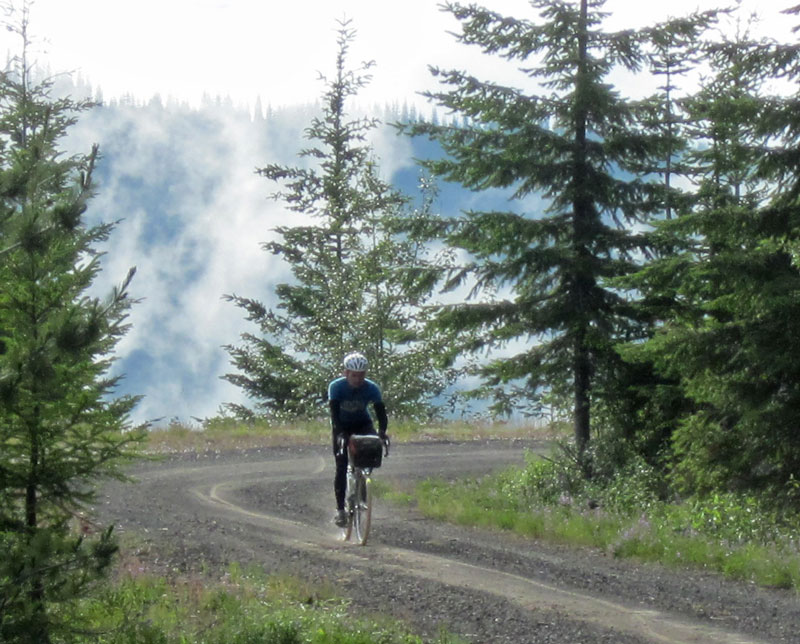
In the mean time, we’ll continue to do what we always do: ride our bikes. And we already know that the new Compass tires offer excellent traction, both on dry and wet roads. Everybody who has ridden them seems to agree. To me, that is all that matters. Because when it comes down to it, I’d rather be riding than discussing bikes online.


